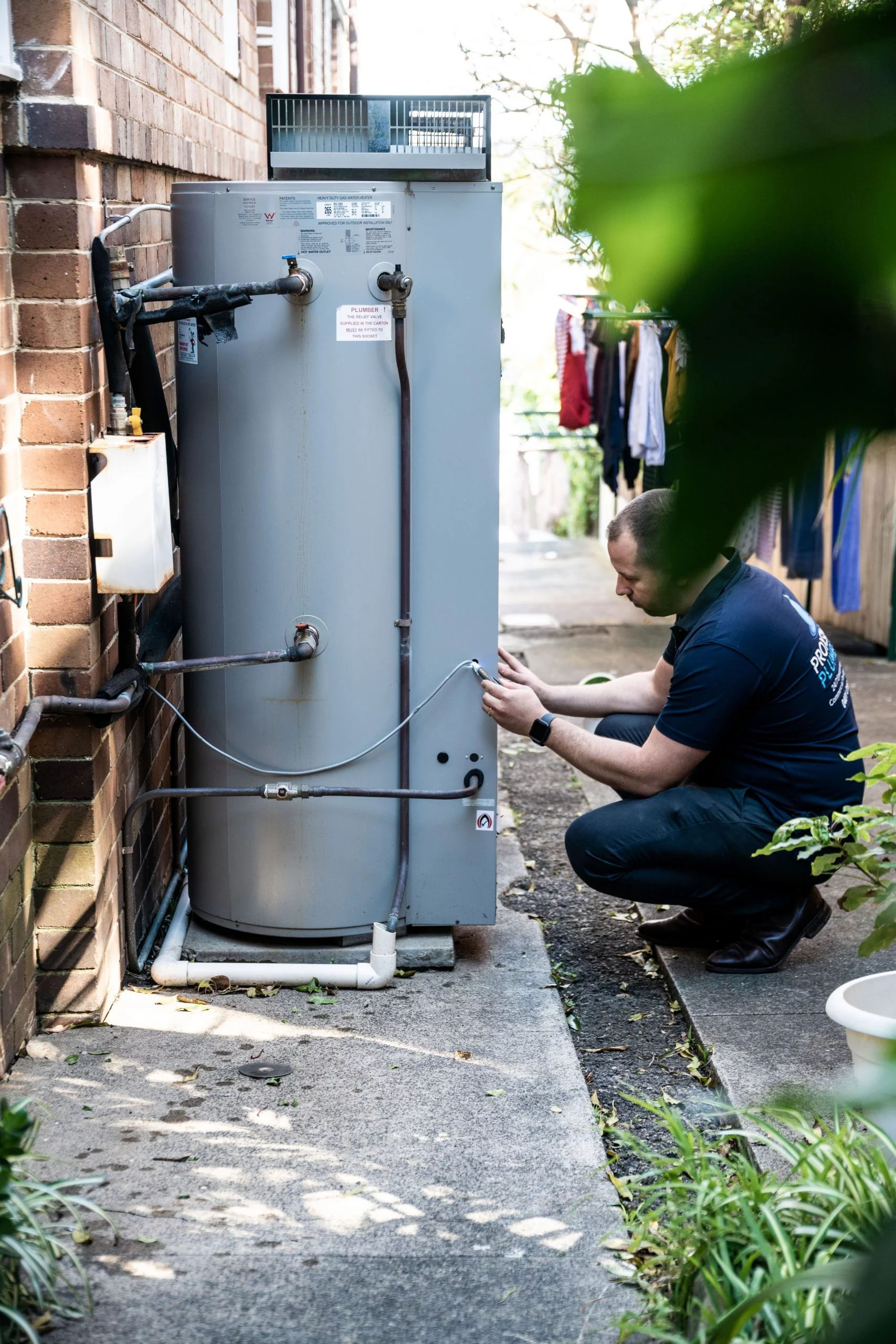How to Maintain Your Home's Hot Water System Properly
How to Maintain Your Home's Hot Water System Properly
Blog Article
Here down the page you'll find a lot of professional points regarding What Kind of Maintenance Do Water Heaters Need?.

Hot water is necessary for daily convenience, whether it's for a refreshing shower or cleaning recipes. To ensure your warm water system runs efficiently and lasts much longer, regular maintenance is vital. This short article gives practical ideas and insights on exactly how to keep your home's hot water system to prevent disturbances and expensive fixings.
Introduction
Preserving your home's warm water system might appear daunting, however with a couple of easy steps, you can guarantee it runs smoothly for many years ahead. This guide covers whatever from recognizing your hot water system to DIY upkeep tips and understanding when to call in specialist help.
Value of Keeping Your Hot Water System
Routine upkeep not just extends the life expectancy of your hot water system however likewise guarantees it operates effectively. Overlooking maintenance can cause reduced effectiveness, greater energy expenses, and even premature failure of the system.
Signs Your Hot Water System Demands Upkeep
Recognizing when your hot water system needs attention can avoid significant concerns. Keep an eye out for signs such as irregular water temperature level, odd noises from the heating unit, or corroded water.
Recognizing Your Warm Water System
Prior to diving into maintenance tasks, it's helpful to understand the standard parts of your warm water system. Generally, this includes the hot water heater itself, pipes, anode rods, and temperature controls.
Monthly Maintenance Tasks
Regular monthly checks can help capture small concerns prior to they rise.
Flushing the Water Heater
Flushing your water heater eliminates debris accumulation, enhancing effectiveness and extending its life.
Checking and Replacing Anode Rods
Anode rods prevent corrosion inside the tank. Checking and replacing them when worn is important.
Examining and Readjusting Temperature Level Setups
Changing the temperature setups makes certain optimum efficiency and security.
DIY Tips for Maintenance
You can perform numerous upkeep tasks yourself to keep your warm water system in leading condition.
Checking for Leakages
Consistently examine pipes and links for leakages, as these can cause water damage and higher costs.
Checking Pressure Relief Valves
Examining the stress relief valve guarantees it operates properly and prevents extreme pressure buildup.
Shielding Pipes
Insulating warm water pipes reduces warmth loss and can save energy.
When to Call a Specialist
While DIY maintenance is valuable, some problems require specialist competence.
Complex Concerns Needing Professional Aid
Examples consist of major leakages, electric problems, or if your hot water heater is continually underperforming.
Regular Professional Upkeep Advantages
Professional upkeep can include complete evaluations, tune-ups, and ensuring conformity with safety requirements.
Conclusion
Normal maintenance of your home's warm water system is important for performance, longevity, and price savings. By complying with these tips and understanding when to seek expert aid, you can guarantee a reliable supply of hot water without unanticipated disruptions.
Water Heater Maintenance Tips
Test the TPR Valve
Shut off the power and the cold-water supply valve. Place a bucket under the pipe connected to the temperature-pressure-release (TPR) valve on the top or side of the tank. (This valve opens if the tank pressure gets too high.) Lift the valve’s tab to let some water out, then let go. If water keeps flowing, drain the tank partway, unscrew the old valve with a pipe wrench, and install a new one. Check the Anode Rod
Put a hose to the tank’s drain cock and let out a few gallons of water. Now fit a 1 1/16-inch socket onto the rod’s hex head on top of the heater (or under its top plate) and unscrew the rod. If it’s less than ½ inch thick or coated with calcium, buy a new one, wrap its threads with Teflon tape, put it back in the tank, and tighten securely. Use this segmented rod if headroom above the tank is limited. Drain the Tank and Wash Out Sediment
Drain the remaining water in the tank into the bucket, then stir up the sediment on the tank’s bottom by briefly opening the cold-water supply valve. Drain and repeat until clean water comes out of the hose. Close the drain cock, refill the tank, and turn its power back on. Adjust the Temperature
Find the temperature dial on the side of the tank and unscrew its cover. Adjust the dial to 120 degrees using a flathead screwdriver. For every 10 degrees the temperature is lowered, you can expect to save up to 5 percent in energy costs. Turn the water heater off or the thermostat down to its lowest setting if you plan to be away from home for more than three days. Insulate the Pipes
Buy some self-sticking 3/8-inch-thick foam pipe insulation that matches the pipes’ diameter. Slide the foam over the hot-and cold-water pipes as far as you can reach. Insulating the cold-water pipe prevents condensation in summer. Peel the tape and squeeze the insulation closed. If the pipe is 6 inches or less from the flue, cover it with 1-inch-thick unfaced fiberglass pipe wrap. https://www.thisoldhouse.com/plumbing/21016402/how-to-maintain-a-water-heater

Hopefully you liked our piece about Tips on Maintaining a Water Heater. Thanks a ton for taking a few minutes to read our article. Sharing is nice. You won't know, you may just be helping someone out. We appreciate reading our article about Tips on Maintaining a Water Heater.
Book Services Report this page